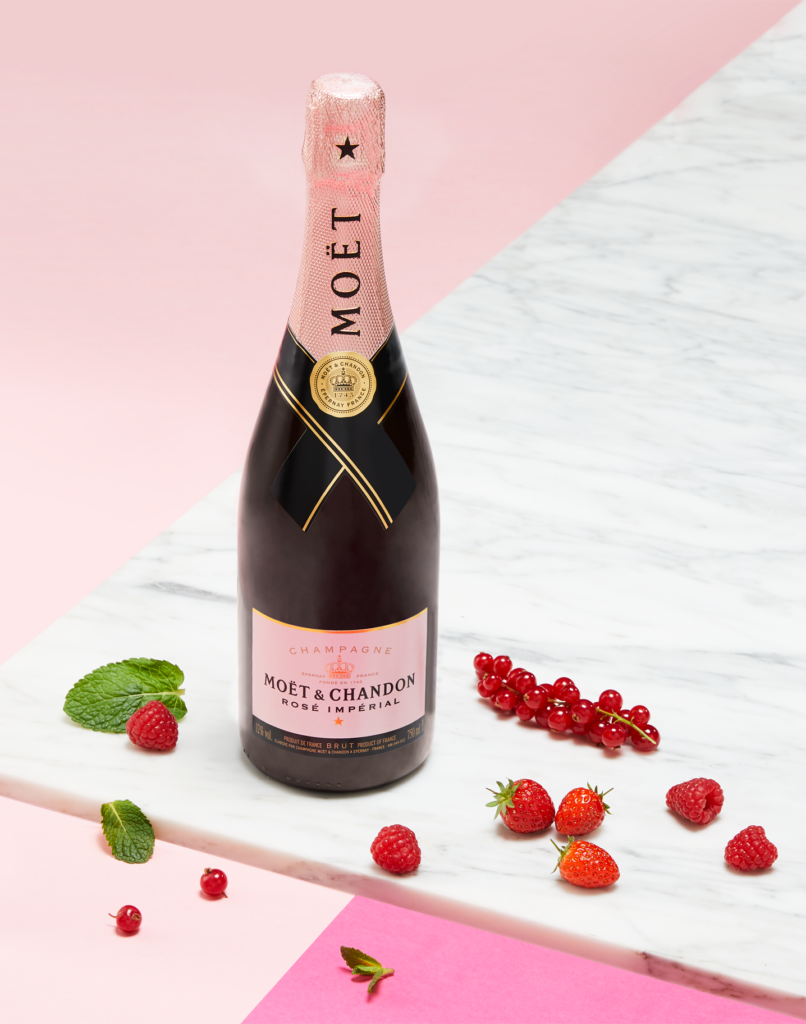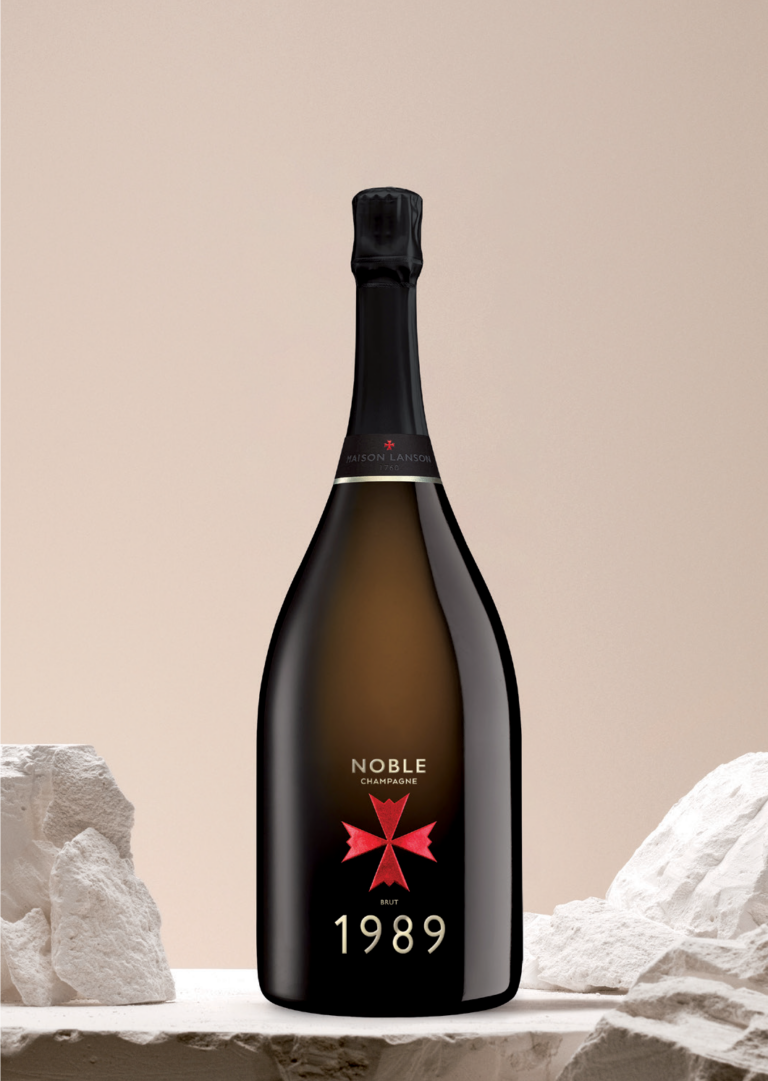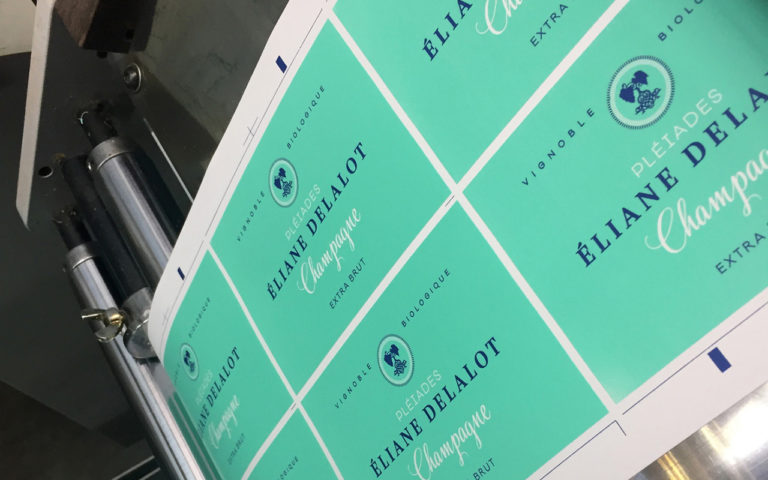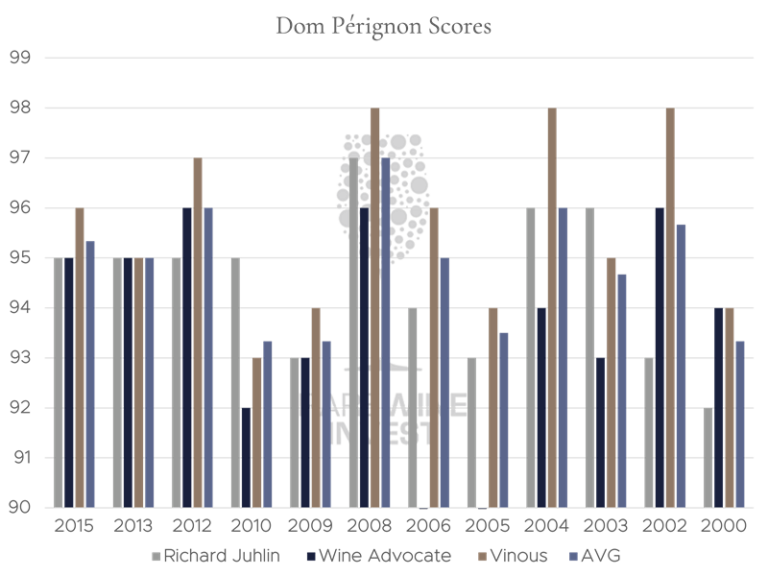Rosé Impérial is a spontaneous, radiant, romantic expression of the Moët & Chandon style, a style distinguished by its bright fruitiness, its seductive palate and its elegant maturity. [ featured story by Moët & Chandon ]
Estimated reading time: 6 minutes

The Rosé Impérial is a vibrantly fruity champagne, the summit of what is extraverted and glamorous about Moët & Chandon’s style. This champagne charms with its radiant color, its intense fruitiness and its flamboyant flavors. Over the decades, Moët & Chandon’s reputation for producing delectably decadent pink champagnes has made the House’s rosés, a wine of choice for the celebration of ail shades of love.
ln 1997, Rosé Impérial was added to the portfolio of champagnes at Moët & Chandon, a distinctive complement that sparkled with both intensity and spontaneity, with the House opting to make the Rosé Impérial a non-vintage champagne would be available under that label every year, and not just in certain exception al years.

HISTORY OF MOËT & CHANDON’S ROSÉ CHAMPAGNES
Historically, the rosé has been a small part of the production of Champagne, a region situated at the northern limit of lands where red grapes can still grow to a relatively rich maturity. ln this region, two thirds of the vineyards are planted with Pinot Noir and Meunier, bath of which are cépages of black skinned and white-fleshed grapes.
Rosé champagnes are produced either by leaving the clear juice of black grapes to macerate on their skins for a brief time or, more commonly, by adding trace amounts of still red wine made from Pinot Noir and Pinot Meunier from the region into the assemblage of white wines. At Moët & Chandon, rosé champagne is made by first making red and white still wines separately and then blending them together.
‘The art of blending red and white wines gives us the ability to contrai the extraction, aromatics, structure and the beautiful pink color Moët & Chandon’s rosé champagnes are known for’. »
The history of rosé sparkling wines in the Champagne region dates back the 17th century when historically, varieties of rosé blends were produced in deeper shades of red than seen today, and bore different labels namely “fauvelet”, “oeil de perdrix”, “vin gris”, “paillé”, “clairet”, or “pelure d’oignon”. Their existence was recorded in period documents, particularly in 1674 with a wine historian lauding their “charming flavor” and their remarkable aroma.

‘Rozé’ dates back to the early 19th century
At Moët & Chandon, the production of what was then called “Rozé” dates back to the early 19th century, specifically to 1801, when Napoléon Bonaparte and his mother Letizia ordered 100 bottles from Jean-Remy Moët. The passion for rosé blends continued well into 1878, the year inscribed on Moët & Chandon’s oldest bottle of its vintage rosé champagnes, and a powerful living symbol of unrivaled rosé heritage.
Though Moët & Chandon possesses in its archives original labels for cuvées bearing the dates of 1873 and 1898, the unexpected discovery by Benoît Gouez of a well-preserved bottle of rosé bearing the date 1878 came as a delightful revelation.
« In 1801, when Napoléon Bonaparte and his mother Letizia ordered 100 bottles from Jean-Remy Moët. »
One day, while checking our inventory in the cellars, accidentally came across a bottle dated 1878 that I was not familiar with. Examining it, I realized it could be a rosé champagne but I had my doubts.
The discovery of this treasure was all the more surprising because the cellars of Moët & Chandon typically house white champagnes, and rosés historically had been few and far between. The dark glass of the 1878 bottle would not reveal its secrets. lt was therefore decided to open the bottle and taste its contents. Once the cork was popped, it was confirmed that the bottle in fact contained a rosé champagne, and that, against all hope, it was superbly preserved.
« There were aromas of coffee and strawberry on a velvety sweet palate that was still incredibly young and fresh thanks ta the wine’s acidity. »
Benoît Gouez
Once analyzed, the 1878 bottle proved to contain a lavish dosage of 100 grams per liter, somewhat superior to that of the Rosé Impérial that Moët & Chandon makes today where the dosage does not exceed 9 gram per liter. Clearly, rosé champagnes have come a long way since the 1878 bottle was blended.
For decades that followed that vintage, rosé champagne remained a product limited to particular years when the weather permitted a greater maturity of the black grapes used to make red wines. ln fact, when Benoît Gouez first arrived in Champagne in 1998, rosé champagnes were a small part of the blends produced in the House.
« ln 1998, Moët & Chandon’s rosé champagnes comprised only 2 to 3 percent of the House’s production. ln 20 years, rosé champagnes have increased to represent 10 percent of the production in the Champagne region. At Moët & Chandon, our rosé champagne production has now reached over 20 percent. »
To increase its own rosé production to 20 percent, Moët & Chandon made significant investments specifically to develop its production of red wines. lt set up important technical facilities to enable it to make red wines in separate vats using different winemaking processes for red and white wines. The shift in production also required training new know-how to master the specific savoir-faire necessary to make red wines.
Blending Rosé Impérial
The bright and fruity Moët & Chandon Rosé Impérial combines the traditional cépages of champagne in its own distinctive style. The cépage composition of the Rosé Impérial is approximately 45 percent Pinot Noir (of which 10 percent still red wine), 40 percent Meunier (of which 10 percent still red wine) and 15 percent Chardonnay, with a dosage of 9 grams per liter of sugar.
Historically, rosé champagnes in the region have fallen into two categories, namely a very light “rose petal” colored wine, or a reddish variety that is doser to a table wine. At Moët & Chandon, Rosé Impérial is a balance between the two varieties.
« Technically, the specificity of Rosé Impérial is that it is a hybrid that combines an intense rose color and aroma, but is still light on the palate. lt is visibly and aromatically different from a white wine, while preserving an ‘aperitif’ taste. »
To achieve this delicate balance at Moët & Chandon, Benoît Gouez has reduced the share of Pinot Noir in his assemblage in favor of more Meunier, a less structured cépage that makes it possible to produce more supple and rounded red wines.
« The particularity of the Rosé Impérial is its success in offering a rosé champagne that is perfectly fruity, intense/y colored with a dosage that equals or is inferior to that of the white. »





